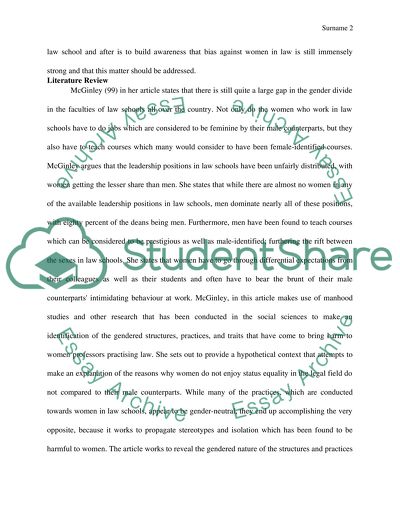Cite this document
(“Women in Law School Research Paper Example | Topics and Well Written Essays - 2000 words”, n.d.)
Retrieved from https://studentshare.org/gender-sexual-studies/1473251-women-in-law-school
Retrieved from https://studentshare.org/gender-sexual-studies/1473251-women-in-law-school
(Women in Law School Research Paper Example | Topics and Well Written Essays - 2000 Words)
https://studentshare.org/gender-sexual-studies/1473251-women-in-law-school.
https://studentshare.org/gender-sexual-studies/1473251-women-in-law-school.
“Women in Law School Research Paper Example | Topics and Well Written Essays - 2000 Words”, n.d. https://studentshare.org/gender-sexual-studies/1473251-women-in-law-school.


